Archive for May, 2019
Reasons to Follow Your Forklift Service Plan
Like any machinery, forklifts need service to keep running in optimal condition. Keeping up with regular forklift service is critical to your business operations. Check out the top three reasons you should follow the manufacturer’s recommended preventative maintenance schedule for your forklift fleet below.
Reduce Breakdowns and Emergency Repairs
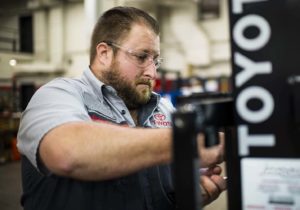 Planned maintenance of your forklifts keeps them running in peak shape. It can also reduce breakdowns and prevent the need for costly emergency repairs. During planned maintenance, expertly trained Toyota technicians inspect your equipment for signs of wear or signs of a failing part. Catching these small issues and fixing them before they break in the middle of a job can save you from having to do significant repairs at an inconvenient time.
Planned maintenance of your forklifts keeps them running in peak shape. It can also reduce breakdowns and prevent the need for costly emergency repairs. During planned maintenance, expertly trained Toyota technicians inspect your equipment for signs of wear or signs of a failing part. Catching these small issues and fixing them before they break in the middle of a job can save you from having to do significant repairs at an inconvenient time.
Lower Operating Costs
In addition to reducing equipment downtime, getting your fleet on a planned maintenance program allows you to budget a set monthly amount for equipment maintenance. At Toyota Material Handling Solutions, we offer a variety of monthly planned maintenance programs ranging from essential safety inspections and routine maintenance up to our Vehicle Management System (VMS) Guaranteed Maintenance Program that covers all planned maintenance and breakdowns, including parts and labor, a loaner lift truck if repairs are expected to take more than 48 hours, and fleet management reporting.
It’s also important to remember that preventative maintenance increases the lifespan of your forklift fleet and maximizes the return on your investment.
Better Trade Value
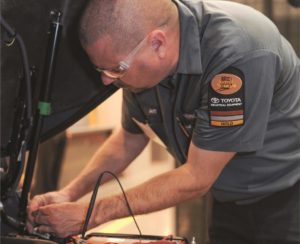 Used forklift buyers look for equipment well-maintained with genuine manufacturer parts, whether a dealership or a private business. The easiest way to show that forklifts are properly serviced according to the manufacturer guidelines is to have monthly planned maintenance records from an authorized Toyota forklift dealer. Having those records will increase the trade value of your equipment.
Used forklift buyers look for equipment well-maintained with genuine manufacturer parts, whether a dealership or a private business. The easiest way to show that forklifts are properly serviced according to the manufacturer guidelines is to have monthly planned maintenance records from an authorized Toyota forklift dealer. Having those records will increase the trade value of your equipment.
Have questions or want to learn more about the maintenance programs offered by Toyota Material Handling Solutions? Give us a call at 866-794-5438.
Solid Non-Marking Tires for Retail
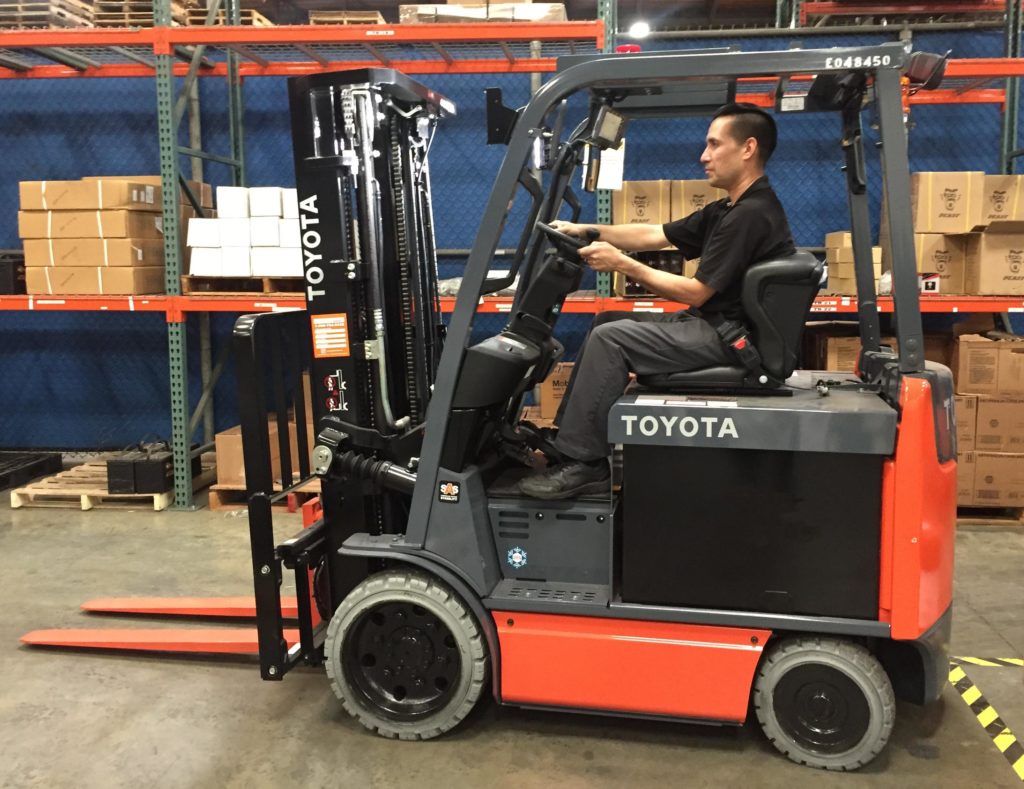
The success of your business is tied to its visual appeal. Your customers expect a clean and visually enticing storefront, but traditional forklift tires often leave tread marks even when operators are careful. If you’re a retailer who relies on forklifts to stock shelves and maintains your storefront inventory, you know how difficult it can be to keep pristine floors when forklifts are involved.
So how do you balance your customers’ needs with the need for equipment to stock your shelves? Simple — solid non-marking tires allow your forklift operators to work without worrying about leaving black marks on your flooring.
What Are Solid Non-Marking Tires?
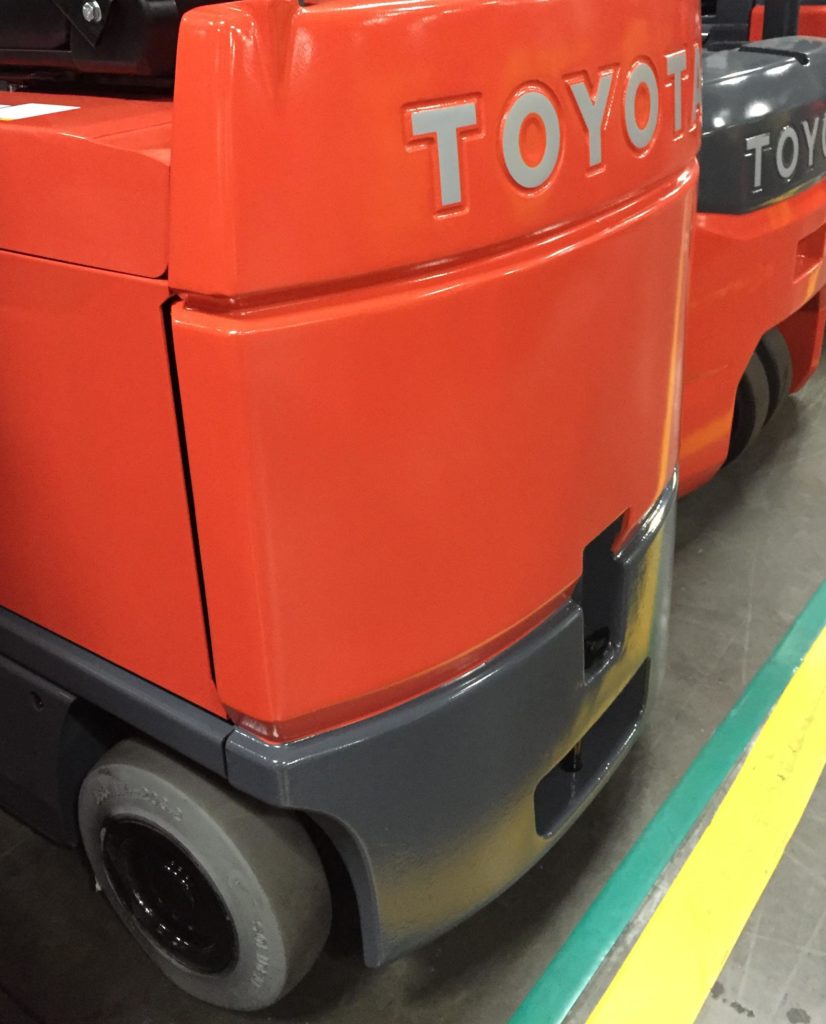
Solid non-marking tires are press-on forklift tires made with silica or chalk instead of the soot commonly mixed into tires to prevent wear. In addition to the silica, anti-oxidants are also added for UV protection, similar to regular forklift tires.
Non-marking tires are available for pneumatic or cushion tire forklifts. Unlike standard forklift tires, non-marking forklift tires come in white or grey instead of black.
How Much Do Non-Marking Forklift Tires Cost?
Prices for solid non-marking tires vary, but they are typically more expensive than standard forklift tires. Most retail owners find that the value-added offsets the cost when you factor in reducing cleaning expenses.
Do Non-Marking Forklift Tires Require Additional Maintenance?
Non-marking forklift tires don’t require additional maintenance, but they wear about 25% faster than standard tires. Operators should watch for cracks or chunking as part of their daily forklift inspection.
Ready to purchase non-marking forklift tires or need other forklift parts? Call 866-794-5438 or stop by the Parts Department at Toyota Material Handling Solutions.
How to Find Forklift Trip Points
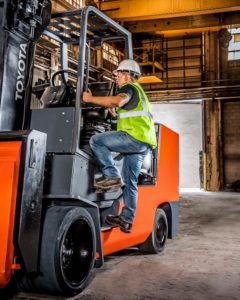
In the material handling industry, falling or tripping can turn out to be a lot more than just an embarrassing moment in front of co-workers and friends. Especially when forklifts are involved, it can lead to injury or, in worse cases, death. When we get focused on a task, sometimes we neglect to pay attention to our surroundings. Tripping hazards are all around us, so it is crucial to stay alert. Below is a shortlist of possible trip points to look out for when working with forklifts.
1. The steps on your forklift are used to enter and exit all day. Depending on the design of the forklift, tripping hazards will differ. You should always be aware of the height and location of each step. Also, look out for changes in elevation that can cause you to lose balance or get your foot caught. Use a 3 point stance when entering and exiting the forklift. Always have one foot down and grip part of the forklift with each hand for balance.
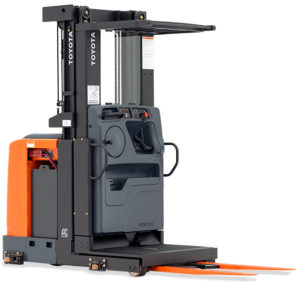
2. The accelerator, parking brake pedals, and service brakes should be kept in mind when entering and exiting a forklift. You should know their placement, whether they are on the floor or the pendulum. As a safety requirement, before exiting the forklift, make sure you engage the parking brake. This ensures that the foot-operated parking brake pedals are away.
3. The floorboard will usually vary in shape, size, and material. Always look out for changes in elevation and for abnormalities that might get your foot caught. If the tread wears off or the floorboard is damaged, replace them before operating the forklift. Improper installation can add more tripping hazards, so make sure everything is installed correctly before getting to work.
4. Forks and attachments like clamps or carpet poles on the front of a forklift usually create an elevation change at a low height that one can miss if not paying attention. Always look at the ground around you when walking around a forklift.
5. Optional equipment such as floor-mounted heaters and defrosters, audio speakers, floor stands, or mini-levers and amenity trays, can take up additional space in the compartment and can cause an operator to trip or fall if not aware of their location. Keep in mind where the optional equipment is located and based off any obstructions that are present, use the proper side when entering and exiting the forklift.
These general trip point tips are on and around forklifts. Forklifts are all designed differently, so pay attention to the points that may be present based upon your specific configuration. These points may seem obvious, but one should reinforce these principles because they can help you enhance forklift safety.
To learn more about Toyota Material Handling Solutions’ operator safety training or forklift safety tips, contact us today!
